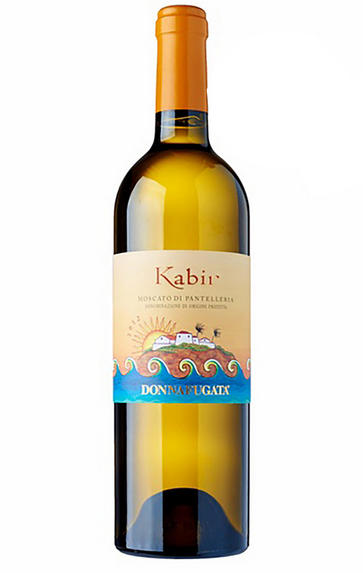
About this WINE
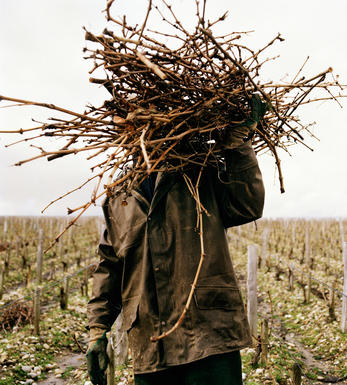
Donnafugata
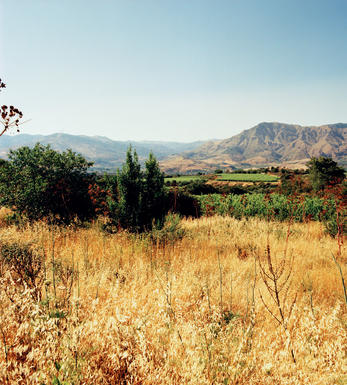
Sicily
Sicily's total vineyard area has actually shrunk from 322,000 hectares in 1880 to 113,000ha today (2014). 85% is planted with indigenous grapes (a growing trend), of which 70% is white grapes. Up until the 1990s much of the white wine production was mainly Trebbiano for distillation; then the switch was made to international/French varieties to be used as blending material in Northern Europe. Now the authorities are beginning to study indigenous grapes more seriously, of which 15 have been identified, along with a further 50 ancient varietals. 80% of the vines are located in the western Val di Mazara part of the island, on the wide open plains. Yet 65% of the island is hilly, especially the mountainous northern and north-eastern Val di Demonte.
The island is responsible for circa 12.5% (2012 harvest) of Italy’s wine output, being the fourth most productive region (after Veneto, Emilia Romagna and Puglia). The percentage of DOC/DOCG wines here remains in the minority, with Cerasuolo di Vittoria being the only DOCG. There are 22 DOCs, notably those of: Marsala, Moscato di Pantelleria, Faro, Etna and Eloro. In 2012, the authorities introduced an all-embracing DOC Sicilia, but one that continued to allow international grapes to be included in historic DOCs, such as Etna.
The terroir is much more diverse than expected. Topgraphically, the western end of the island is essentially flat with sedimentary, calcareous clay. The centre northern eastern areas are essentially mountainous with peaks at 2000 msl., made up of ignaceous rocks with sedimentary coastal strips. The east around Catania lies on the lava flows from Monte Etna, while the high Hyblaean plateau that dominates the south-east is underpinned by limestone bedrock, over which lies a tilth of volcanic dust. The area around Vittoria is more red loam over limestone.
The climate is essentially Mediterranean. That said, the south, south west is influenced by north African warm humid scirocco winds; the north battered by northern winds spinning off the Tyrrhenian sea, making the centre almost continental; the east and south east fanned gently by Mediterranean air currents off the Ionian sea; offset by high altitudes.
The key autochthonous grapes, their zones and producers that are leading the (re) emergence of Sicilian fine wine are: white Grillo and Zibibbo around Marsala (producer Marco de Bartoli); white Catarratto and red Perricone in the centre/north (Valdibella and Porta del Vento); red Nerello Mascalese and Cappuccio, and Nocera grapes of Faro (Bonavita); Nerello Mascalese and white Carricante of Etna (Graci); red Nero d’Avola of Noto (Rigoria); and the red Frappato of Cerasuolo di Vittoria fame (Arianna Occhipinti and COS)
The good name of Marsala was created by the British during the18th century, but ruined by the Italians when they took over the industry in the late 19th century, turning it into merely a cooking ingredient. Now the likes of Marco De Bartoli are reviving the quality and reputation; turning the clocks back.
Recommended producers: Alberto Aiello Graci, Marco de Bartoli, Porta del Vento, Valdibella, Bonavita, Rigoria, Arianna Occhipinti
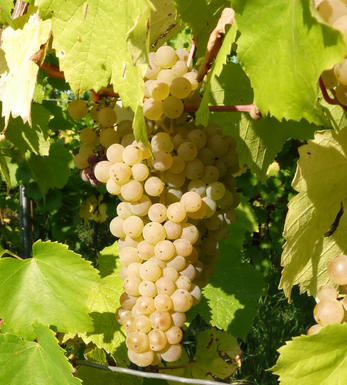
Muscat
Muscat refers to a family of grapes of which there are around 200 different branches. Muscat Blancs à Petits Grains is the most noble of the variety and makes the best and most distinctive wines. It is the only wine grape that produces wines that actually taste of grapes, and can produce a range of wines from pale, bone dry whites, through to golden yellow, rich, sweet wines.
In Alsace, two types of Muscat are grown - Muscat Blancs à Petits Grains and Muscat Ottonel. They are usually blended to produce wines that tend to be light and dry with a fruity, musky character and an intensely aromatic bouquet. Intensely sweet late harvest wines are also produced.
Muscat de Beaumes de Venise is one of the best Vin Doux Naturels in France. This is produced by adding grape spirit to the partly fermented must - the best producers, such as Domaine de Durban, produce deliciously sweet wines with rich grapey aromas balanced by fruity acidity.
In Australia Muscat à Petit Grains is used to produce the fortified Liqueur Muscats of Victoria (esp. Rutherglen). These are extraordinary wines - dark and treacly with a sensational perfume of orange, raisins and honey.


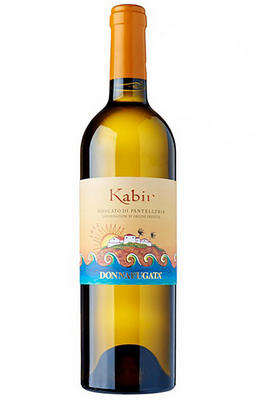
Buying options
Add to wishlist
Description
This wine is a bin-end, discounted by 20%. Excludes BBX stock.
wine at a glance
Delivery and quality guarantee